When starting a new company, finding ways to grow your business is a top priority.
A lot of people instantly turn to social media marketing as their go-to.
And why not? It’s one of the best ways to build an active, engaged brand presence.
It’s also a great method to bring in new customers.
But the average return on investment in social media isn’t that stellar.
On top of that, it takes hours each week just to maintain an active presence and post with enough frequency to bring in new traffic.
Social is fun, and many brands have used it to see impressive growth, but for a small business, it could be your downfall.
So what do you do instead?
How do you bring in consistent sales that can help you grow your business?
Paid search. PPC.
Paid search is one of the best ways to drive new sales.
You can automate PPC so you only have to check it a few times a week to make tweaks.
On top of that, the ROI is better than with social media.
And the whole point of paid search is this:
To drive sales and generate profit.
Need more to be convinced? Here’s why paid search still beats social media for driving sales.
Paid search is great for driving sales fast
Before we jump into paid search and its power to grow your business, let me give you a short example of PPC in action.
When you search a product or service with Google, like “iPhone X,” you will see something like this:
Notice how it says “Ad” before the link?
Usually, the first 3-4 results on the search engine results pages (SERPs) are ads.
For instance, check out the ads on this search for SEO services:
Those are the first 4 results on the entire SERP.
This means that these search results are showing up before organic results.
This is a huge benefit of paid search!
You can pay a small amount to show up before organic results, giving you a chance to steal clicks.
Paid search (or PPC), excels at driving fast sales for your business.
When someone is searching for a query like “red J. Crew sweater,” they have a high intent to purchase that sweater.
They know what they want, and they are ready to buy it.
And that’s why PPC wins the day. It bypasses the entire conversion funnel and jumps straight into closing the deal.
Instead of going through the buyer’s journey, the user wants to buy now.
And it works:
According to Google’s Economic Impact report, businesses see an average of $2 for every $1 spent.
On top of that, paid search advertising generated nearly $35 billion in 2016, a 19% increase over 2015:
And according to the latest data, B2B marketers experience higher ROI from paid search over social media:
Paid search is one of the biggest drivers of positive ROI.
This means that social media is barely a contributor to most B2B companies’ return on investment.
If you want to drive fast, cheap sales for your business, paid search needs to be a part of your game plan.
Social media is better for brand presence
With paid search providing noticeable, positive ROI and quick sales, what’s left for social?
Well, social is actually really tough to tie back to ROI in marketing.
For example, let’s say you showcase your latest blog post on Twitter like I do daily:
But how do I know what impact these likes and retweets actually had?
Twitter only gives you so much data.
In fact, they provide you with almost nothing actionable:
Well, that’s not very helpful, is it?
I got 5 link clicks, but what did they do after that?
It’s just too difficult to connect social media efforts back to ROI. And on top of that, generating sales from social is terrible.
In fact, a 2016 RIS News and Gartner study found that social only accounts for 2% of all retail sales.
The takeaway here? We shouldn’t rely on social media to drive sales.
But what can we count on social media for? Branding.
For example, take a look at this search for my name on Google:
Notice how the second and third results are both social media profiles?
It’s one of the best ways to brand yourself and your company.
Social can help you dominate the search engine results by crowding the space with everything about your brand.
On top of that, it’s a great way to interact with your fans and followers.
You can easily stay on top of mentions and questions from your fan base and continually nurture them to bring them back to your content:
Social media marketing is great for creating buzz around your content and brand.
But it doesn’t excel at driving returns on investment or sales.
Why? Social media is often just a single touchpoint in the user journey.
For example, people often discover new brands or companies on social media simply by seeing a retweet from a friend.
This means they are finding you for the first time, and are highly unlikely to convert on their first visit.
So they might see you on social media and read your blog post.
They may come back and interact with you, but in the end, they’ll likely convert from a remarketing ad or organic search (if they convert at all).
PPC offers what social media does not: An easy to pinpoint ROI and a direct impact on sales.
And when it comes to where you should focus your time, sales should be at the top of the priority list.
If something isn’t leading to sales, it shouldn’t be part of your marketing strategy.
Paid search is a scalable growth machine
Paid search is one of my favorite ways to drive massive sales and growth.
In fact, just a few years ago, I spent $66,372.09 on paid search.
I found incredible returns on my investment. And that wasn’t because I was an expert on PPC targeting or search network optimization yet (because I wasn’t).
It’s not something only for the technologically elite. In fact, it can be done by almost anyone looking to get started.
And with platforms like YouTube, optimization has never been easier.
The fact is:
Paid search is a scalable growth machine.
One of my favorite examples of this comes from Wpromote. They worked with the popular golf brand Cleveland Golf to start their e-commerce store and drive sales with paid search.
To start, WPromote launched Cleveland Golf’s e-commerce website and began to overhaul their paid search efforts.
They did countless hours of keyword research and development to target the best keywords in their industry that would drive valuable traffic.
They experimented with diverse paid search ads:
And they converted at incredible rates.
In fact, Cleveland Golf found impressive, scalable growth simply by instituting these basic paid search ads.
So what did they accomplish in the end? Cleveland Golf found a 251% increase in overall revenue thanks to paid search:
On top of that, they experienced an 88% increase in return on investment with their paid search efforts.
Paid search was the driving factor in revenue for their business.
Social wasn’t going to be the tool that scaled their business to new heights.
How to take advantage of paid search today
I hope by now we are all in agreement that paid search should be a critical aspect of business and marketing plans.
It is one of the easiest ways to drive traffic.
If you want to grow your business through simple, quick sales, paid search is the way to go.
So, where do you start? What is the best platform or search engine to start buying ad space on?
Well, Google currently holds the market share when it comes to search engine usage:
The mass majority of online Internet users use Google as their preferred method for searching.
So focusing your time and efforts on Google AdWords is going to be your best bet for paid search ads.
Setting up an AdWords account is the easy part.
Simply head to Google AdWords and create a new account in just a few minutes:
The key with AdWords is optimization.
And the best way to produce great paid search results is by implementing a few tricks to produce better ads that convert.
Here are a few of the best tricks and tips that I’ve used to create a great paid search campaign that converted visitors in no time.
Create multiple ads for each ad group.
To really get the most out of paid search, you need to make sure you focus on optimization.
If you aren’t testing your efforts, you can’t reasonably expect to find growth.
You need to know what works and what doesn’t.
One of the easiest ways to accomplish this is by testing multiple ads in every ad group.
Here’s what my ads look like currently on a given campaign:
Notice how I have multiple ads in each set? The goal here is to analyze the metrics on each ad.
You want to tweak your writing ever so slightly on each ad to see which value proposition performs best.
Take a look at metrics like CTR to see which ad is most appealing:
For example, notice that one of my ads gets the mass majority of impressions, yet the clicks aren’t that great.
So I would want to pause that ad because it’s underperforming despite being seen often.
Test your messaging until you get a higher CTR that is driving cheap conversions.
Spy on competitors for ideas.
Besides testing your ads, spying on the competition is one of my favorite ways to find new ideas for ads and keywords.
It can give you insights into what is working (and what isn’t) for your competitors.
And that allows you to bypass most of the trial-and-error stages that most marketers have to endure with paid search.
A great tool to use for this step is SpyFu.
Simply type a competitor’s website into the search bar on the homepage and you can easily see their keywords and ad history for free.
When you search for your competitor, you get detailed data on their AdWords history:
You can gather useful data like how many keywords they run ads for, their monthly spend, and how many years they have been advertising.
If you scroll down, you can even see their ad history:
And you can see the exact text that they have used to drive conversions.
This can be a total time-saver because you don’t have to crack the code of trying to perfect a value proposition.
You simply see what works and what doesn’t.
Inspect their past ad history to see what drives the most clicks:
Notice how this ad drives the most clicks per month at the cheapest cost?
Next, take their messaging and tweak it to fit your business.
Adjust your value proposition to highlight why people should choose you.
Spying should be one of the best tools in your arsenal.
Trial and error is time-consuming and expensive. And you simply don’t have time to wait 6 months to see results.
Figure out what’s working for your competitors, and then replicate it before jumping into paid search.
Create a great landing page
One of the most important aspects of a good paid search campaign is your landing page.
Why? Because once people click on your ads, you’ll need to give them another reason to convert.
Simply having good ads won’t be enough.
You need a landing page that conveys the same message as your ads and practically forces people to buy.
Message match is a big factor in conversions on paid search.
Let me give you a great example of a perfect message match to illustrate its importance.
Here’s a paid search ad:
And here’s the landing page that people will see when they click on the ads:
Notice how the imagery, colors, and text all match?
People click on your ad because they expect to get exactly what you say.
If you don’t provide that, you risk spending money on clicks that will never convert.
One of the easiest ways to create landing pages is with Unbounce.
Unbounce helps you make new landing pages that are designed for conversions.
You can create a free trial account and start customizing templates in just a few minutes.
In fact, it’s just like using a website builder. It’s that simple.
And the landing pages will work, too. I use them all the time for driving conversions.
Once you’ve started your free trial, click “Create New Page” to begin editing a landing page for your campaign:
Here you can choose between tons of different template options in a lot of different categories:
Are you running paid search ads for your SaaS product? There are lots of pages for that.
Hosting a webinar or selling an e-book or consultant services? It’s got you covered.
Simply select the template you want to edit and customize it to your brand.
The landing page editor is incredibly diverse and has tons of free page elements and features:
You can easily drag and drop items on the page, too.
And among my favorite parts are the mobile optimization capabilities:
You don’t have to do any tweaking to make your landing page perfectly scaled to a mobile screen.
You can make message-matched landing pages fast, and the integrations are almost limitless:
Unbounce should be your go-to tool when it comes to making landing pages for paid search.
Instead of wasting time creating them from scratch, you can build off existing templates that have already completed most of the work for you.
Landing pages are a critical factor in the success of your paid search efforts.
Conclusion
When you’re starting a new company, there are lots of ways for you to tap into growth.
You can try search engine optimization, paid search, social media, outreach, and more.
Many marketers, though, will try social media to boost growth.
They’ll promote content from their site in the hopes that it will drive sales.
But here’s the truth:
Social media only drives sales if you have viral content or an already massive following.
If you’re the new guy just starting out, you likely won’t see the returns you were hoping for.
Plus, you’ll devote tons of time trying to up your social media game, when you could put that precious time to good use elsewhere.
So what do you do instead?
Focus your efforts on paid search. It’s better at driving actionable results and growth for your business.
Make sure to test your ads constantly to get the most out of your campaigns.
Take a look at what your competitors are doing.
Lastly, create a landing page that matches your ads and conveys value.
Use paid search and watch your business grow.
Have you found more success with paid search or social media when growing your business?

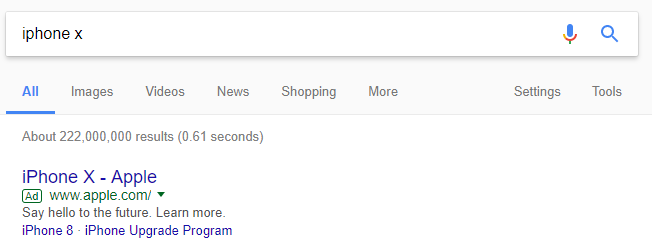
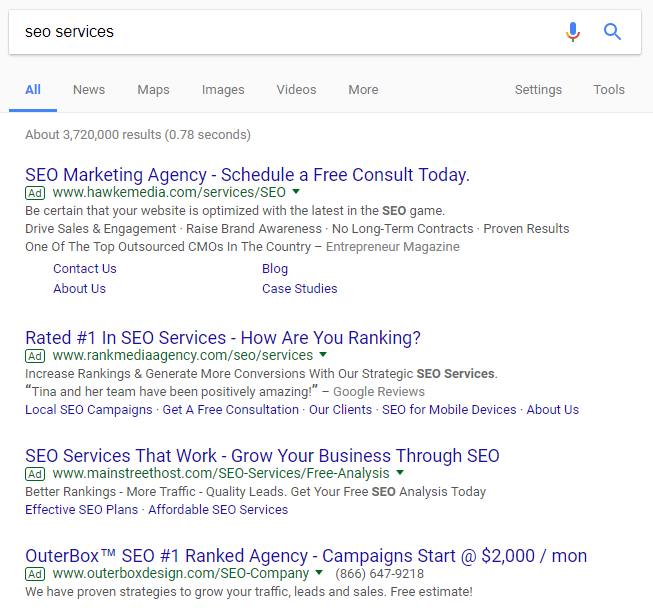
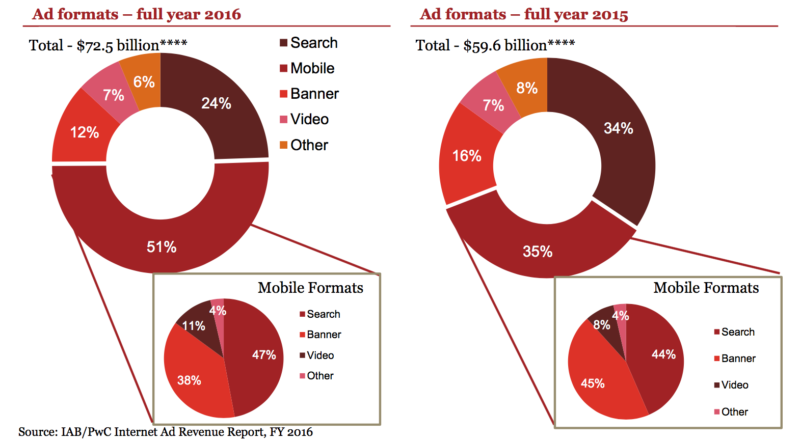
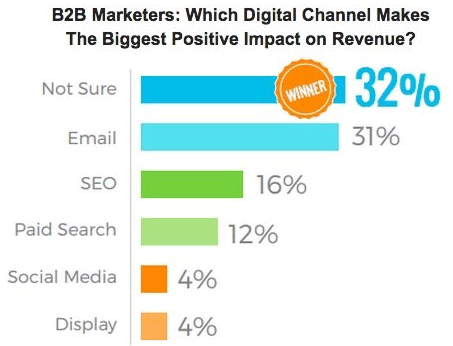
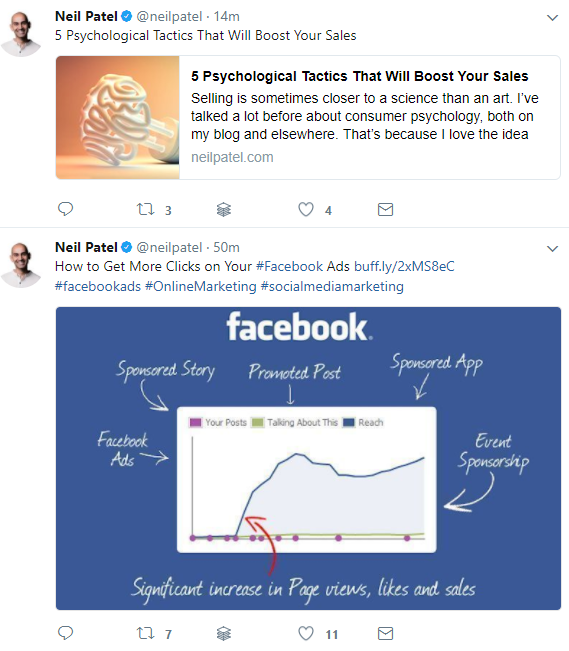
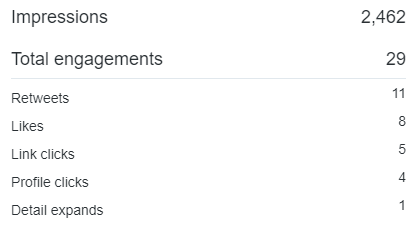
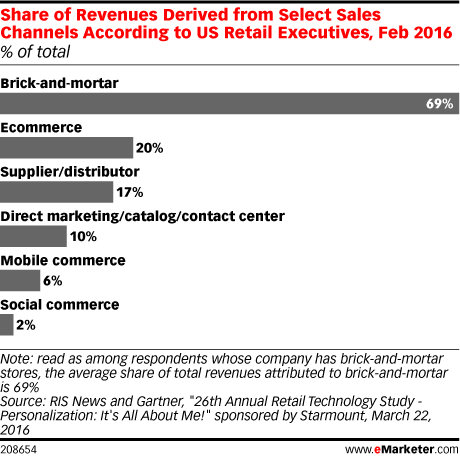
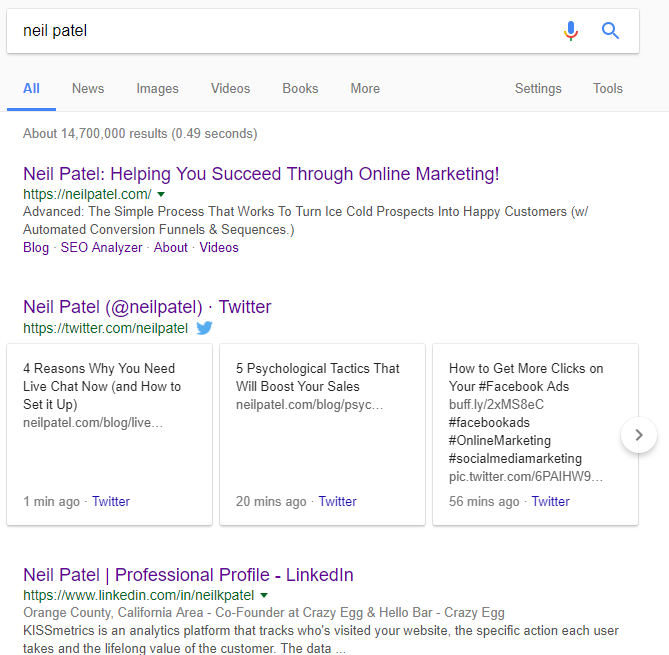
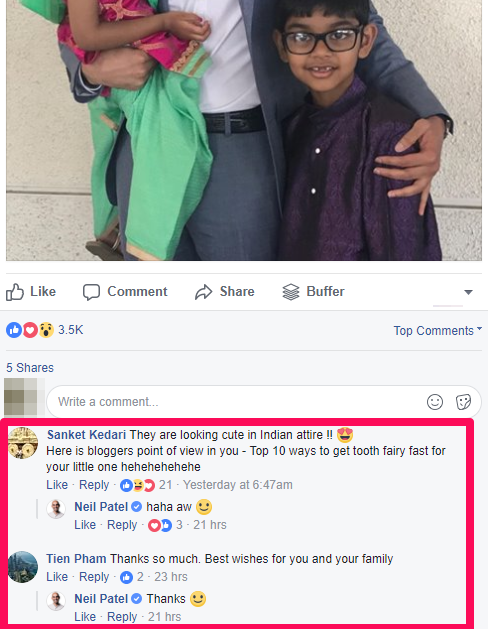


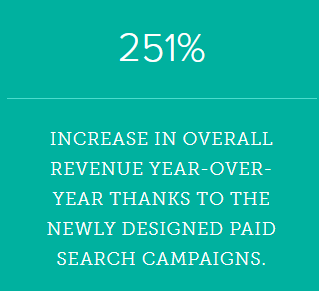
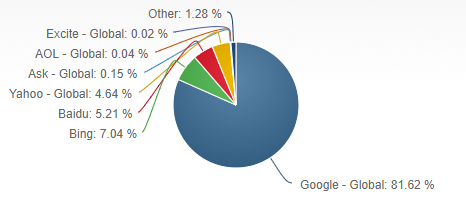
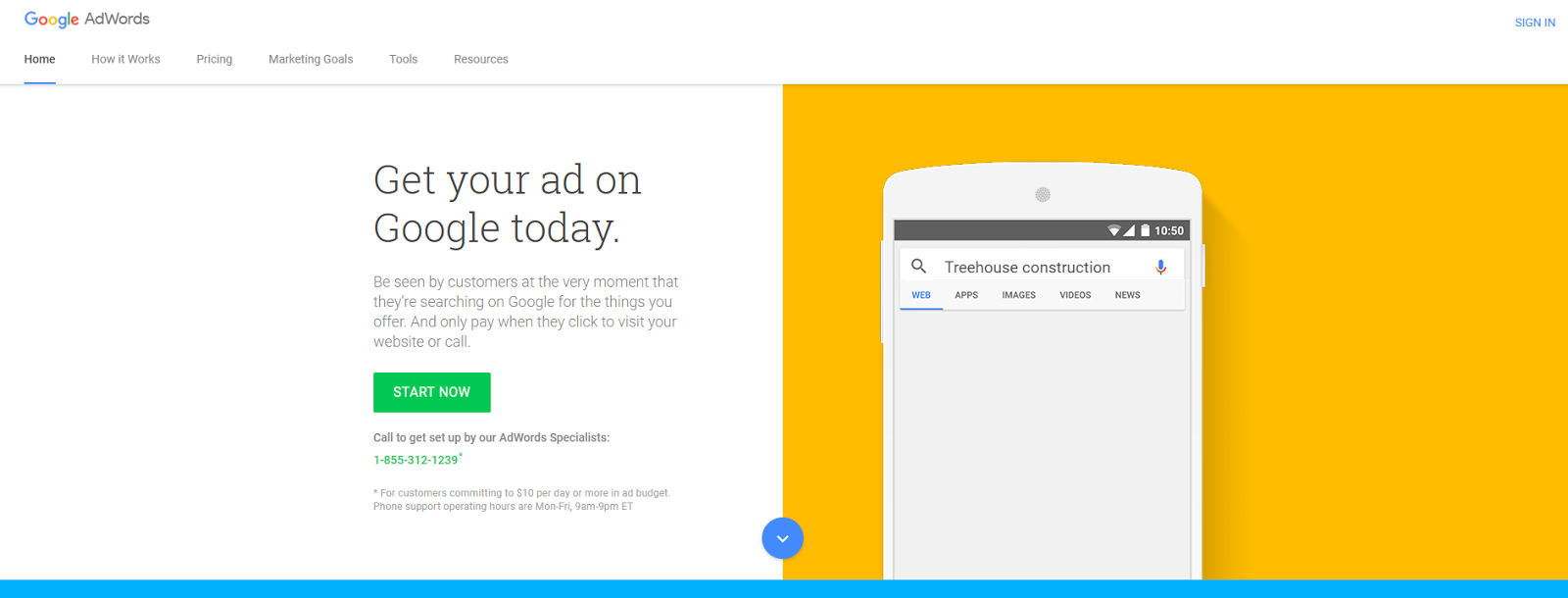
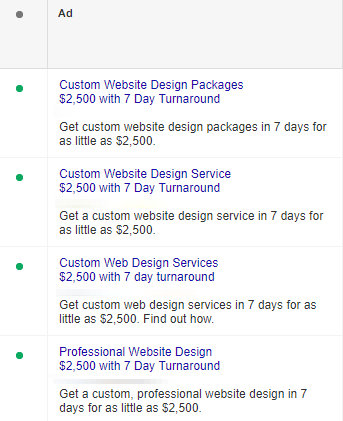
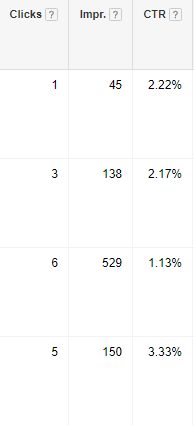
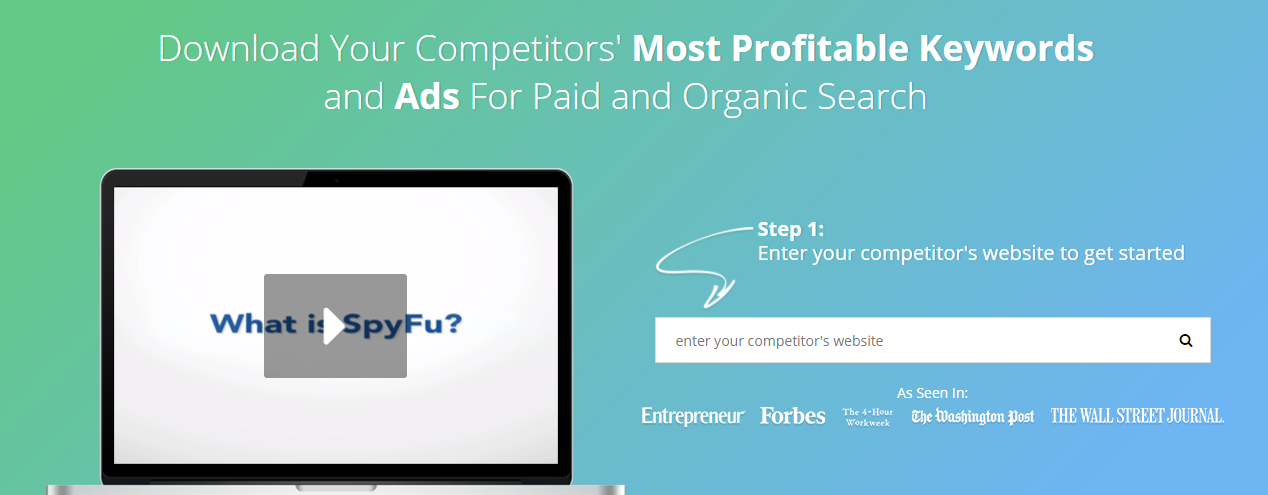
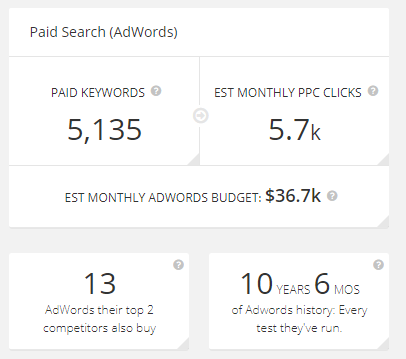
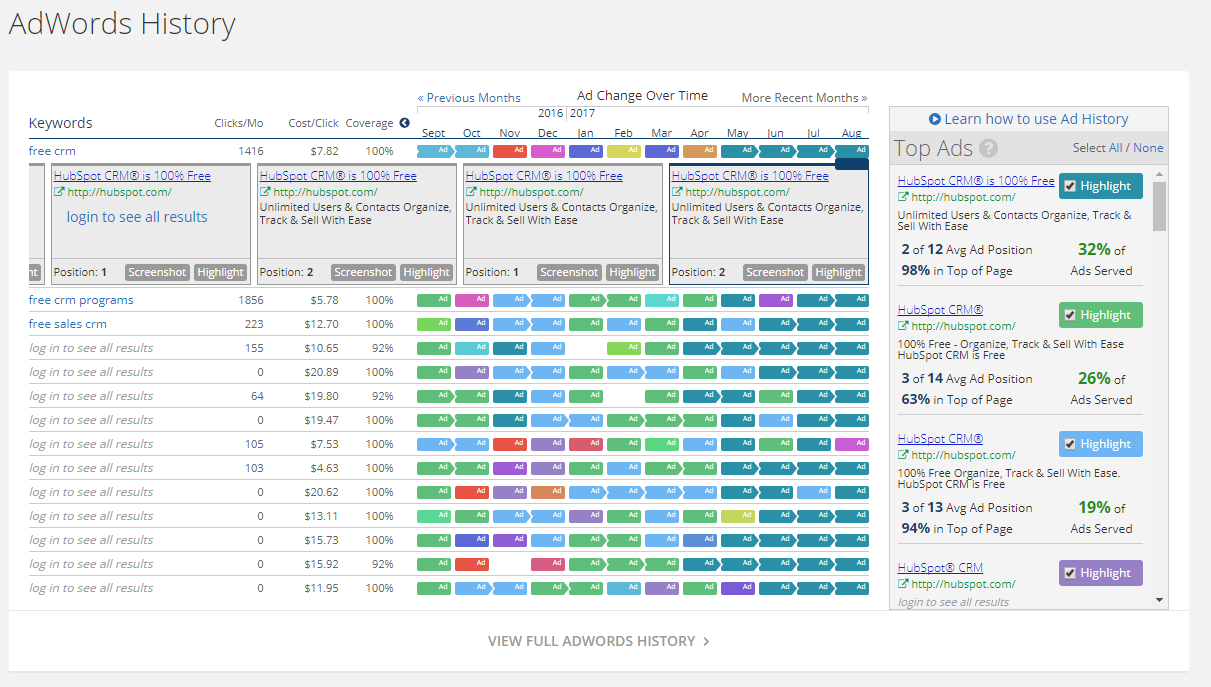


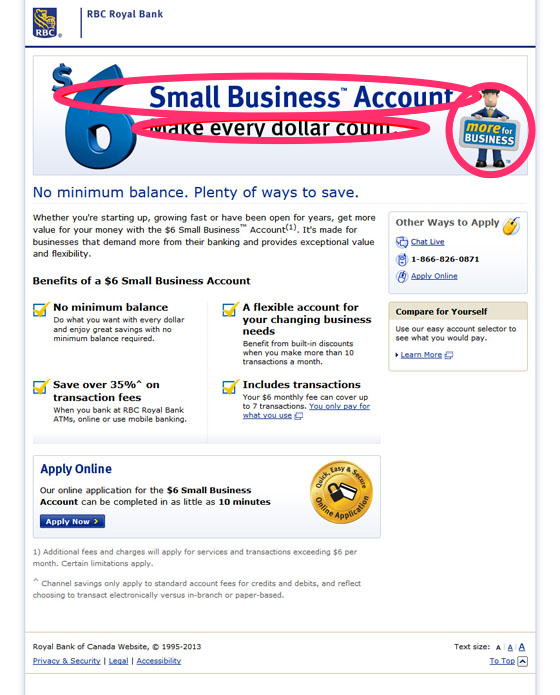
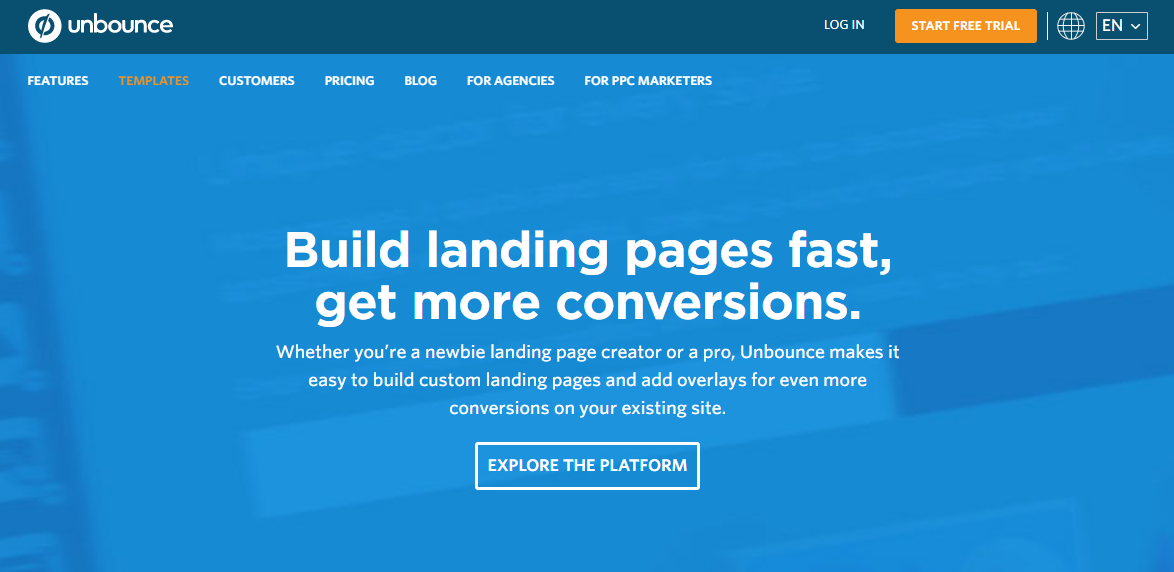



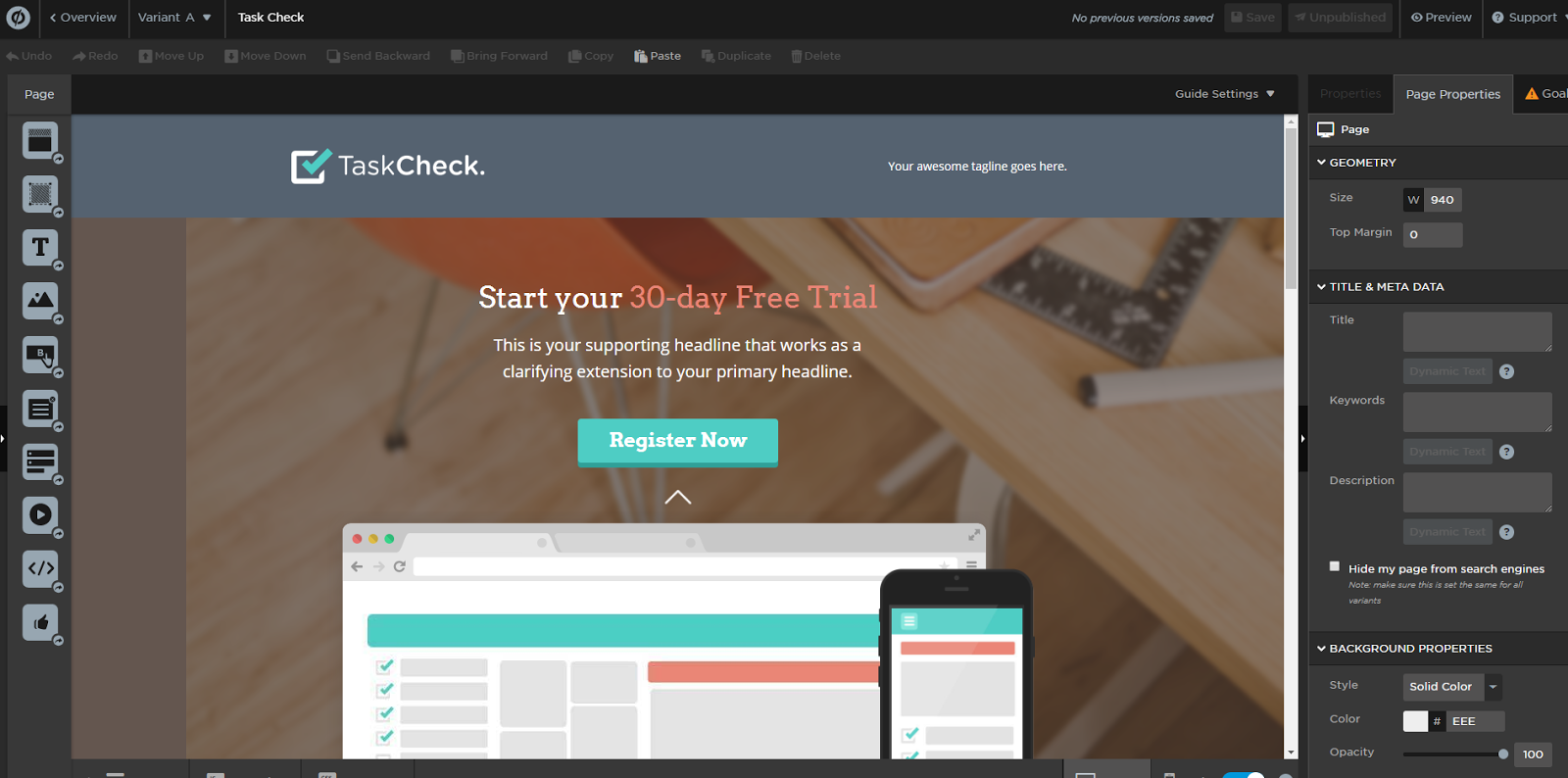
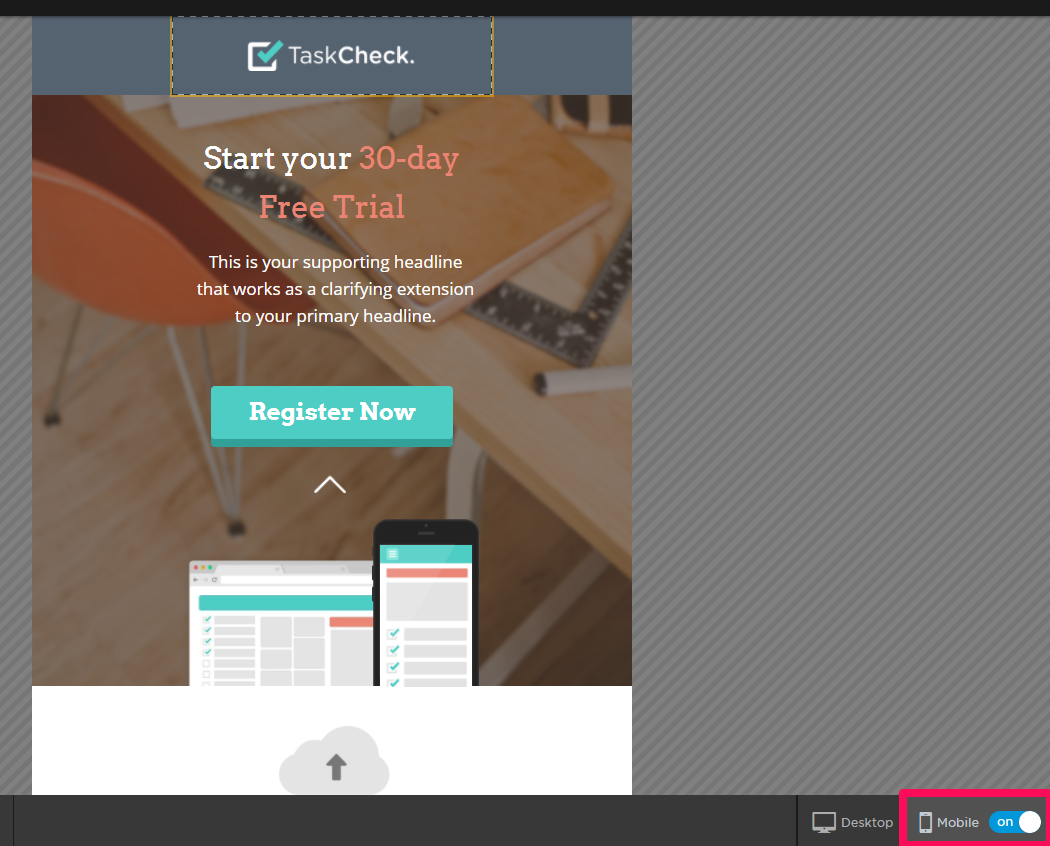
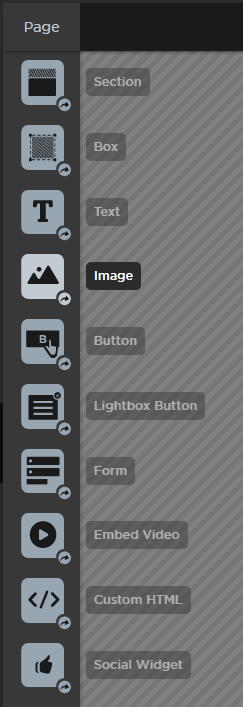
Comments (12)